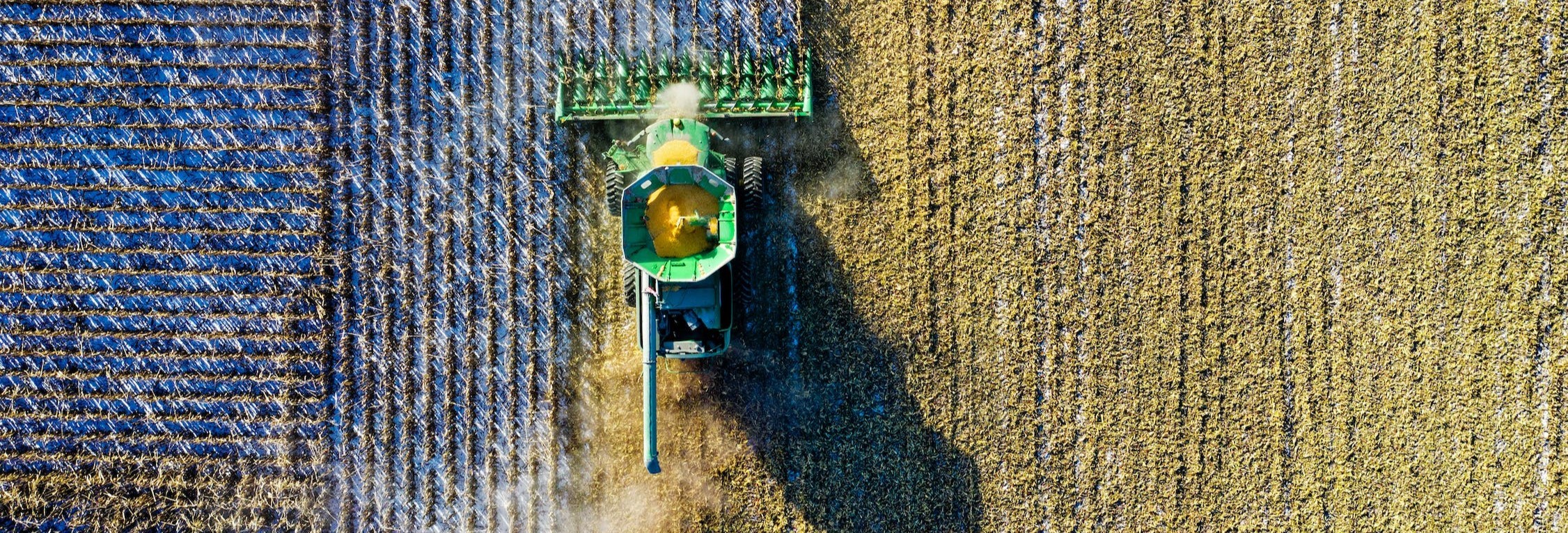Loading...
Start Date
2-3-2023 3:00 PM
Abstract
A bacteriophage is a virus that infects bacterial hosts. They are typically composed of a head, a tail, and fibers on the tail that allow it to attach to the bacterial membrane. Myoviridae are a family of bacteriophage that are distinct for their short, contractile tails that undergo conformational changes when they attach to bacteria, which are essential to inject its genetic material into the cell. The purpose of this research is to utilize genetic sequencing and comparative genomics to identify the genes that allow for the tail structure, conformation change, and attachment in novel Myoviridae bacteriophages. In characterizing these genomes, patterns can be developed across viruses that can help further understand the mechanism through which bacterial infection occurs, which can be applied to healthcare, food safety, and more.
Included in
Identifying Essential Genes for the Assembly and Function of Tails in Novel Myoviridae Bacteriophages
A bacteriophage is a virus that infects bacterial hosts. They are typically composed of a head, a tail, and fibers on the tail that allow it to attach to the bacterial membrane. Myoviridae are a family of bacteriophage that are distinct for their short, contractile tails that undergo conformational changes when they attach to bacteria, which are essential to inject its genetic material into the cell. The purpose of this research is to utilize genetic sequencing and comparative genomics to identify the genes that allow for the tail structure, conformation change, and attachment in novel Myoviridae bacteriophages. In characterizing these genomes, patterns can be developed across viruses that can help further understand the mechanism through which bacterial infection occurs, which can be applied to healthcare, food safety, and more.


